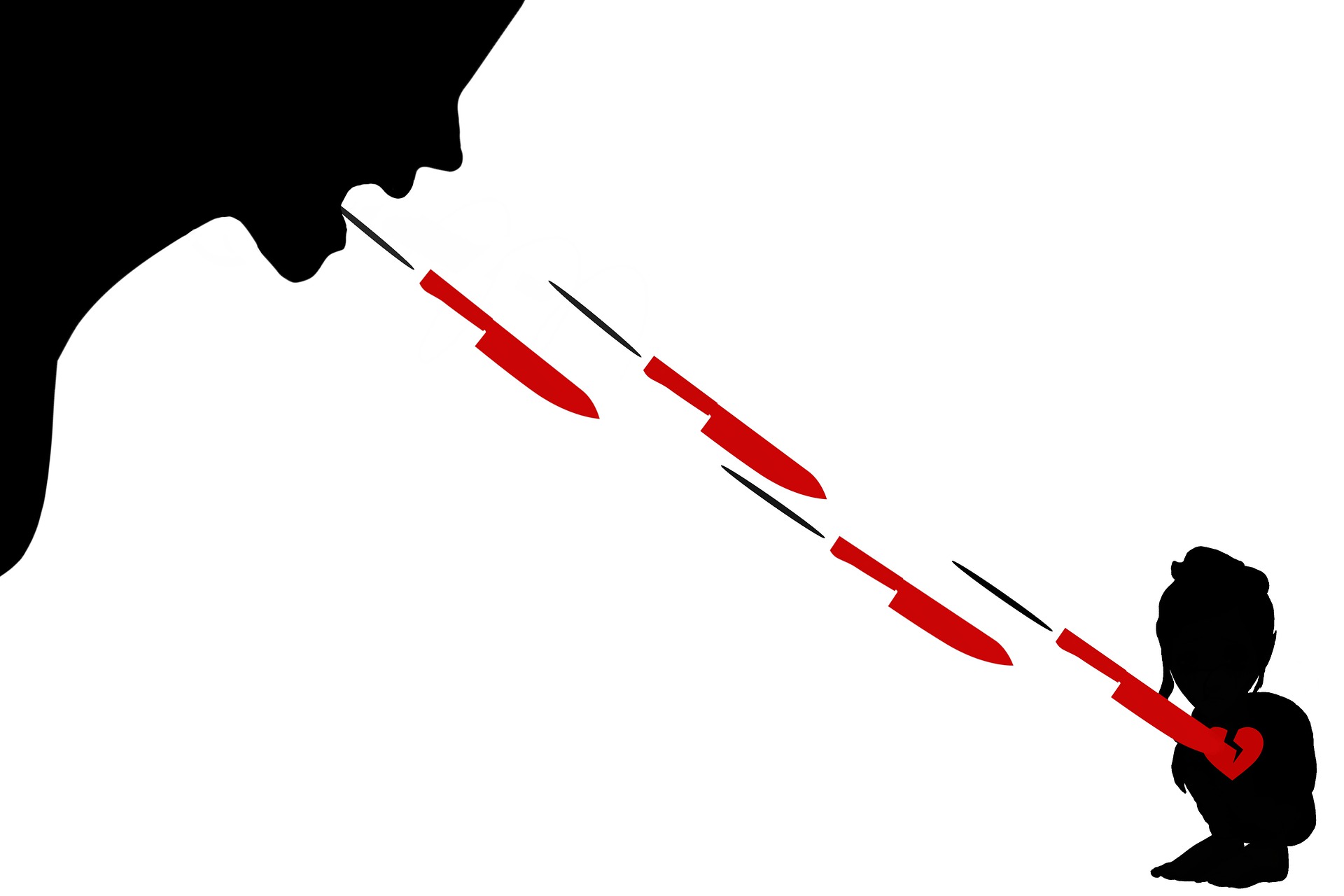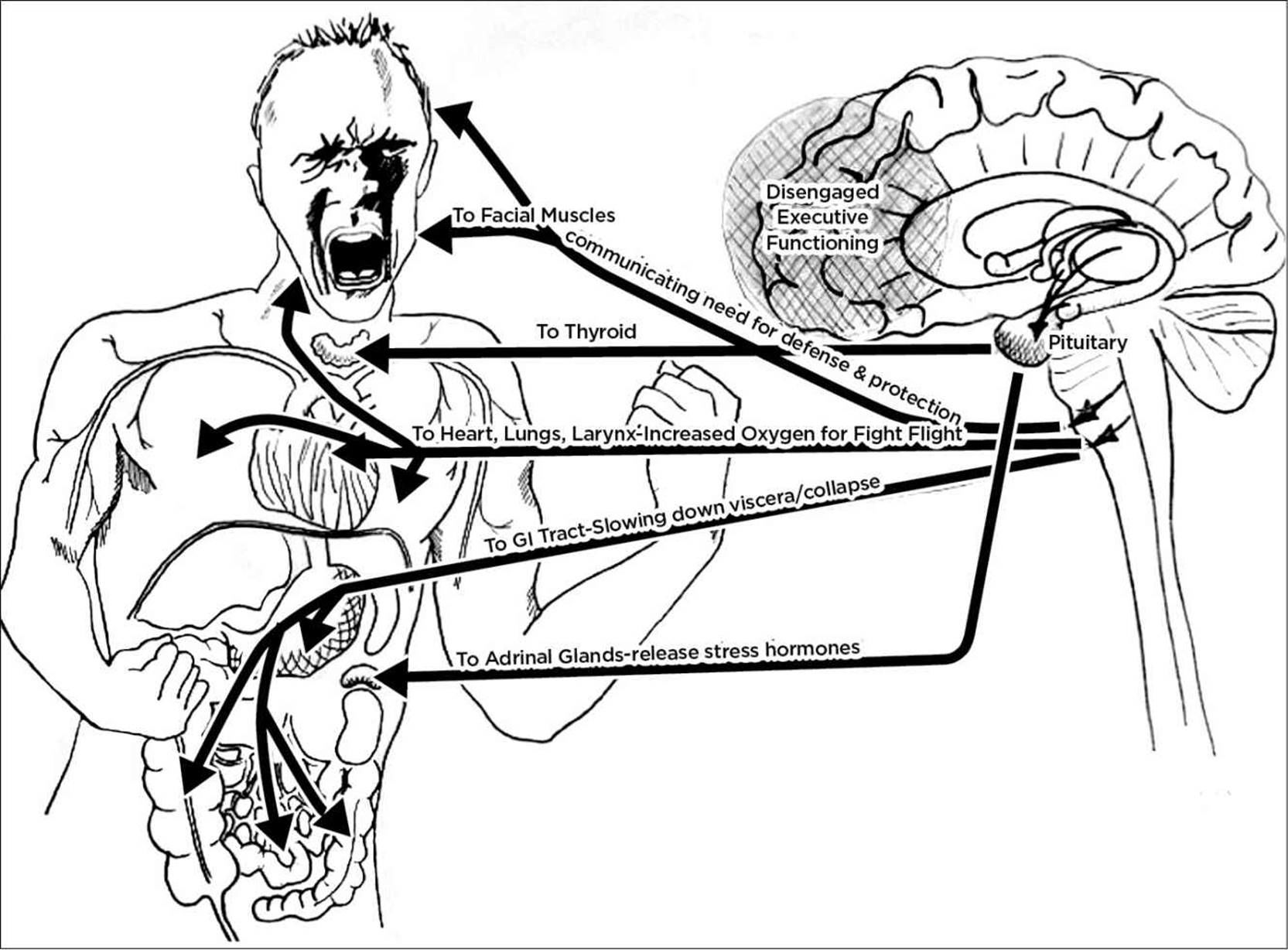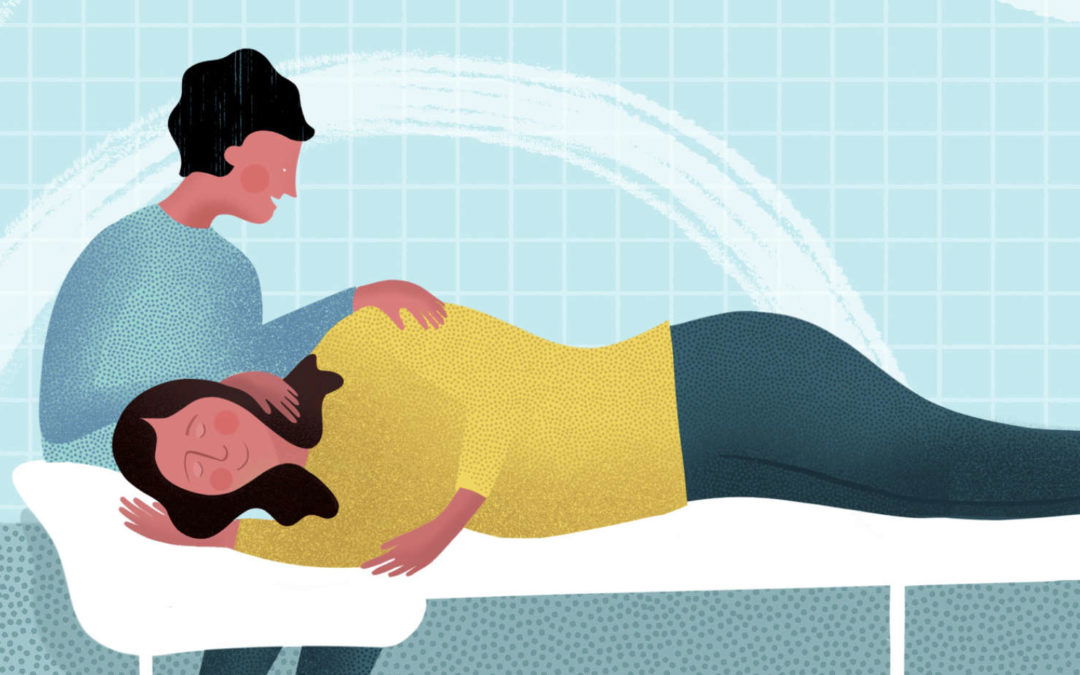Comprendre le lien entre les traumatismes de l'enfance et la douleur chronique : du point de vue des travailleurs du corps.

Within the realm of bodywork and somatic therapies lies a profound understanding of the human body's capacity to retain the echoes of past traumas. Childhood experiences, especially adverse ones, weave themselves into the fabric of our physical being, often surfacing as chronic pain in adulthood. Exploring this connection through the lens of bodywork reveals an intricate tapestry of physiological imprints and potential avenues for healing.

The Body's Silent Storyteller: Childhood Trauma and Physical Residue
As bodyworkers, we recognize the body as a living testament to one's life experiences. Childhood trauma, ranging from emotional neglect to physical abuse, leaves its indelible mark on the body's tissues and nervous system. These experiences, though initially etched in the mind, find their way into the muscles, fascia, neural pathways and meridian systems, shaping how pain manifests and is experienced. Chronic pain, often enigmatic in its origins, can be seen as the body's attempt to communicate and process these unresolved traumas. Clients presenting with chronic pain may carry within them the physical residues of past adversities—a tightening of muscles as a shield, a guarded posture as a defence mechanism, or hypersensitivity to touch as a residual response to trauma.

Bridging the Divide: Addressing Trauma Within the Body
In the realm of bodywork, the goal extends beyond alleviating physical discomfort; it encompasses a deeper understanding of the body-mind connection. Techniques such as in NeuroPath Reset method, myofascial release, craniosacral therapy, or Somatic Experiencing® acknowledge the body's role as the repository of unresolved traumas and offer avenues for healing. By engaging with the body's tissues and nervous system, NeuroPath Reset Method facilitates a gentle unwinding of the physical manifestations of trauma. Myofascial release, for instance, aims to release the tension held within fascial layers, offering a pathway towards increased mobility and decreased pain by addressing physical restrictions resulting from trauma. Similarly, modalities like craniosacral therapy delve into the subtle rhythms of the craniosacral system, seeking to restore balance and address the effects of stress and trauma on the central nervous system. These therapies recognize the body's inherent wisdom and capacity to release stored trauma when approached with sensitivity and compassion.
Embracing Holistic Healing: Integrating Mind, Body, and Soul
The journey towards healing childhood trauma-induced chronic pain transcends the confines of physical touch. It involves creating a safe space where individuals can explore the intricate interplay between their physical sensations and emotional experiences. Empathy and attunement become foundational tools in the bodyworker's toolkit, fostering a therapeutic environment conducive to healing. Integrating bodywork with other modalities, such as psychotherapy or mindfulness practices, forms a holistic approach to addressing the mind-body connection. Recognizing that the body serves as a gateway to accessing and processing stored traumas, this integrative approach offers individuals a comprehensive pathway to healing.
Conclusion: The Body's Narrative of Healing
In the realm of bodywork, the body becomes a storyteller—an eloquent narrator of one's life experiences, traumas, and healing potential. Understanding the link between childhood trauma and chronic pain from a bodywork perspective invites us to listen, with skilled hands and compassionate hearts, to the narratives etched within our clients' bodies. Through bodywork, we offer not just relief from physical discomfort but also a space for individuals to unravel the layers of their lived experiences. It is a collaborative journey towards releasing the physical imprints of past traumas, fostering resilience, and embracing the healing potential—a narrative that unfolds with each therapeutic touch, each gentle movement, and each step towards holistic well-being.